New research led proposes a plan to safeguard Earth's imperiled biodiversity by cryogenically preserving biological material on the moon. The moon's permanently shadowed craters are cold enough for cryogenic preservation without the need for electricity or liquid nitrogen.
New research led proposes a plan to safeguard Earth's imperiled biodiversity by cryogenically preserving biological material on the moon. The moon's permanently shadowed craters are cold enough for cryogenic preservation without the need for electricity or liquid nitrogen.
The proposal takes inspiration from the Global Seed Vault in Svalbard, Norway, which contains more than 1 million frozen seed varieties and functions as a backup for the world's crop biodiversity in case of global disaster. By virtue of its location in the Arctic nearly 400 feet underground, the vault was intended to be capable of keeping its seed collection frozen without electricity. However, in 2017, thawing permafrost threatened the collection with a flood of meltwater.
The moon's polar regions feature numerous craters that never receive sunlight due to their orientation and depth. These so-called permanently shadowed regions can be −410 degrees Fahrenheit -- more than cold enough for passive cryopreservation storage. To block out the DNA-damaging radiation present in space, samples could be stored underground or inside a structure with thick walls made of moon rocks.
If their idea becomes a reality, the researchers envision the lunar biorepository as a public entity to include public and private funders, scientific partners, countries and public representatives with mechanisms for cooperative governance akin to the Svalbard Global Seed Bank.
Seeds Biology Moon NASA Space Missions Earth Science Environmental Issues Environmental Policy
France Dernières Nouvelles, France Actualités
Similar News:Vous pouvez également lire des articles d'actualité similaires à celui-ci que nous avons collectés auprès d'autres sources d'information.
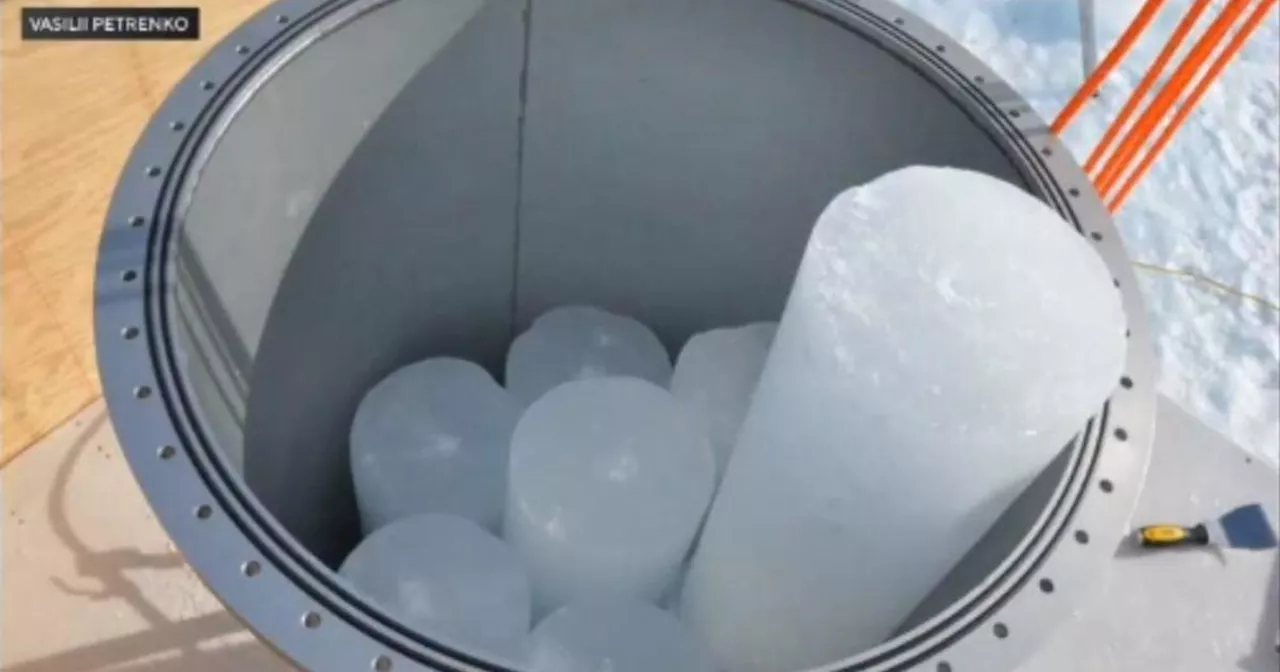 Climate change scientists probe Earth's ice to better understand the warming planetAs the summer of 2024 is on track to become the hottest on record, scientists are digging deep into the Earth's coldest corners to recover an icy record of what the atmosphere was like hundreds of thousands of years ago.
Climate change scientists probe Earth's ice to better understand the warming planetAs the summer of 2024 is on track to become the hottest on record, scientists are digging deep into the Earth's coldest corners to recover an icy record of what the atmosphere was like hundreds of thousands of years ago.
Lire la suite »
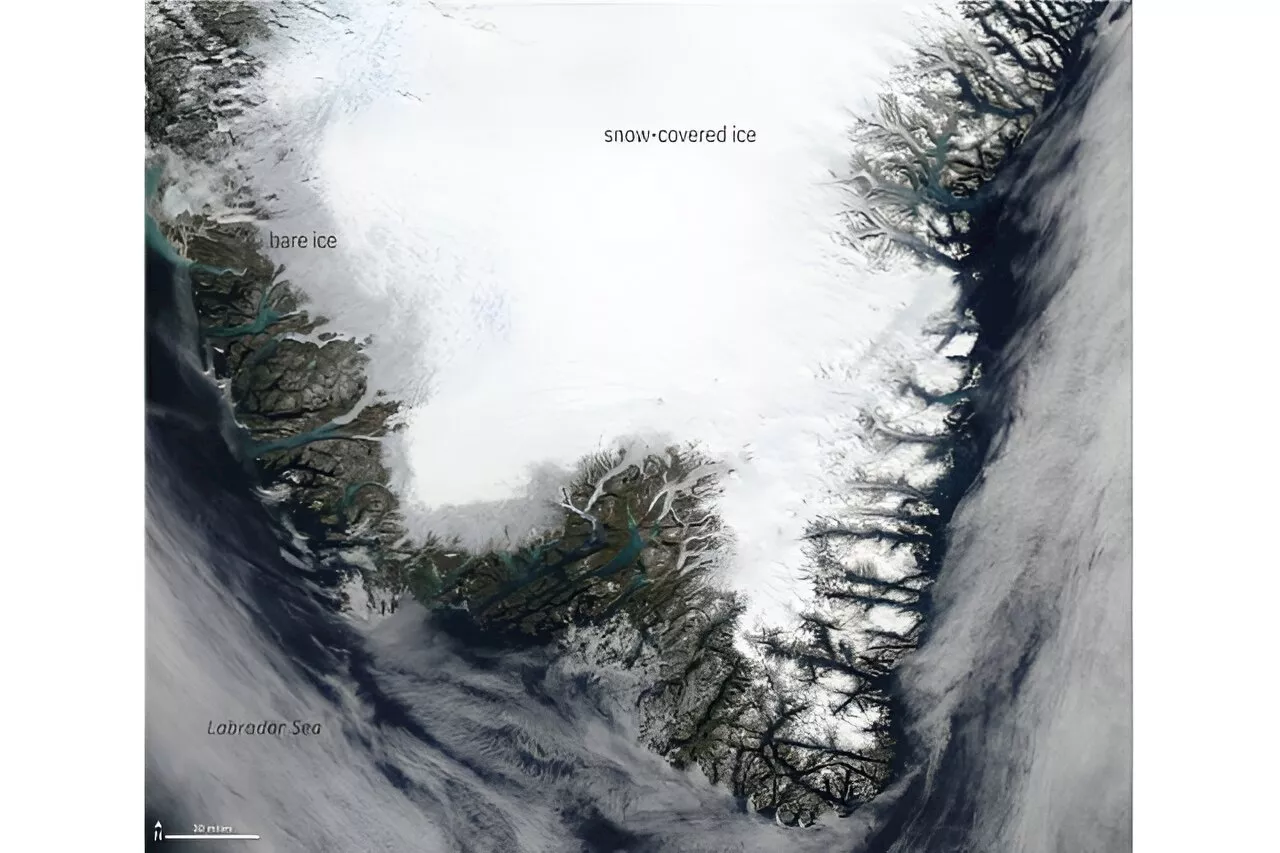 Earth system scientists discover missing piece in climate modelsAs the planet continues to warm due to human-driven climate change, accurate computer climate models will be key in helping illuminate exactly how the climate will continue to be altered in the years ahead.
Earth system scientists discover missing piece in climate modelsAs the planet continues to warm due to human-driven climate change, accurate computer climate models will be key in helping illuminate exactly how the climate will continue to be altered in the years ahead.
Lire la suite »
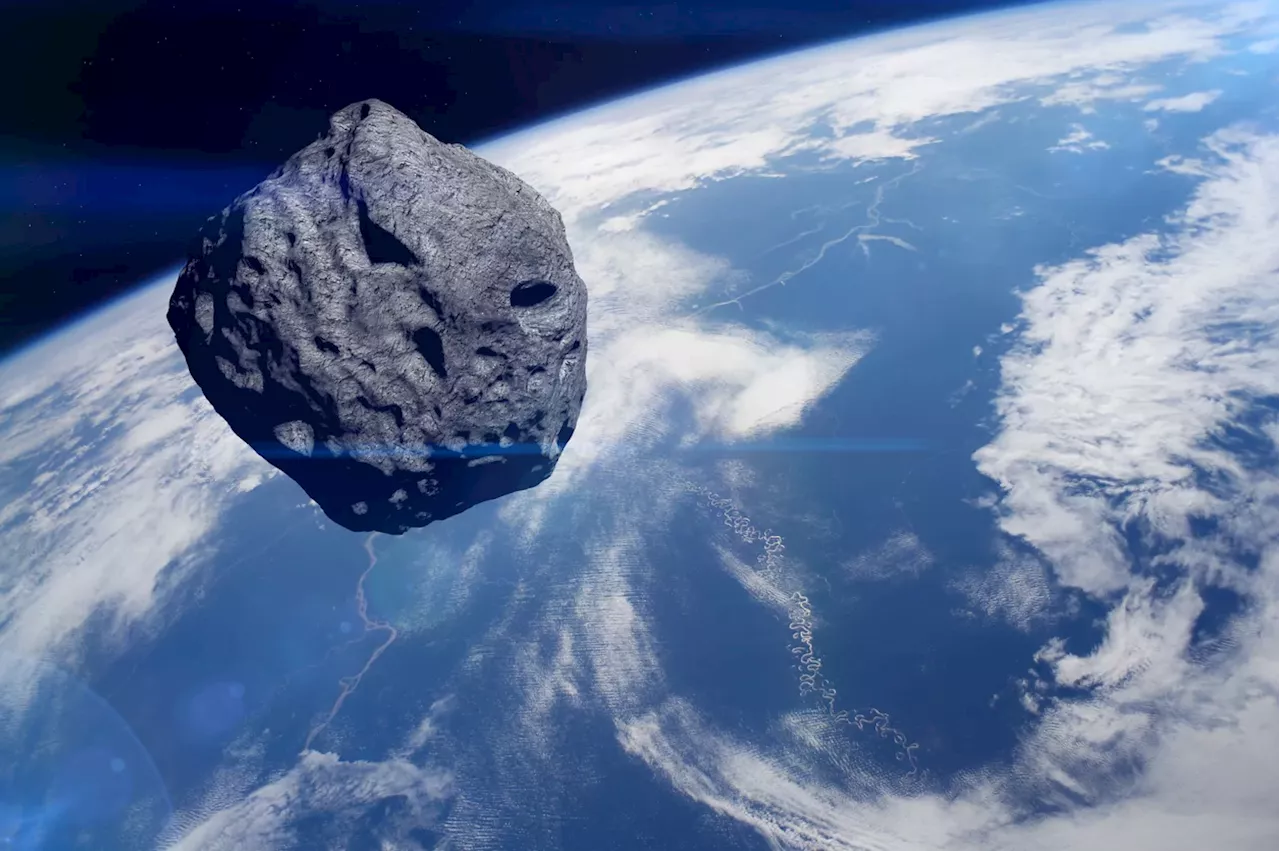 Scientists plan to study asteroid that will pass closer to Earth than satellitePolitical News and Conservative Analysis About Congress, the President, and the Federal Government
Scientists plan to study asteroid that will pass closer to Earth than satellitePolitical News and Conservative Analysis About Congress, the President, and the Federal Government
Lire la suite »
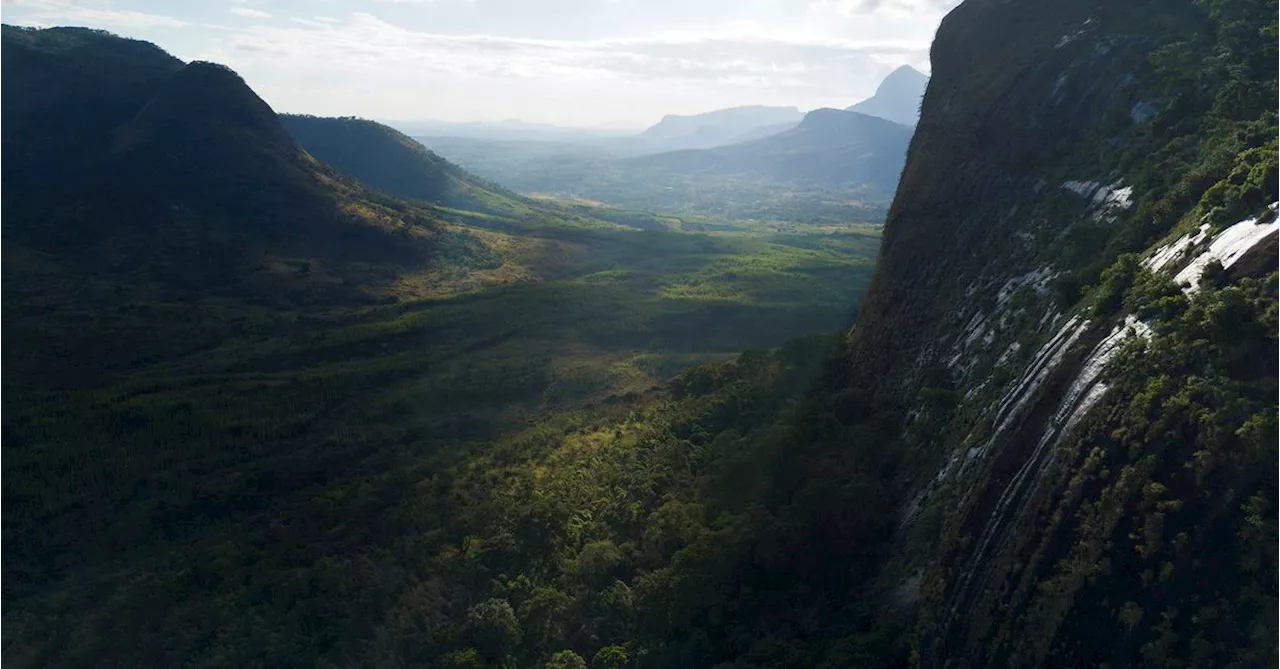 How Google Earth led a team of scientists to discover a rainforest on Mount LicoThe story of the Mount Lico expedition began six years ago when Dr. Julian Bayliss, a conservation scientist and butterfly expert, spied a small forest atop a mountain using Google Earth. This summer, he assembled a dream team of climbers and scientists to explore it.
How Google Earth led a team of scientists to discover a rainforest on Mount LicoThe story of the Mount Lico expedition began six years ago when Dr. Julian Bayliss, a conservation scientist and butterfly expert, spied a small forest atop a mountain using Google Earth. This summer, he assembled a dream team of climbers and scientists to explore it.
Lire la suite »
 Scientists say sun's influence penetrates into deep EarthFor years, scientists believed that changes in the Earth's interior, such as volcanic eruptions and tectonic plate collisions, primarily affected the surface environment.
Scientists say sun's influence penetrates into deep EarthFor years, scientists believed that changes in the Earth's interior, such as volcanic eruptions and tectonic plate collisions, primarily affected the surface environment.
Lire la suite »
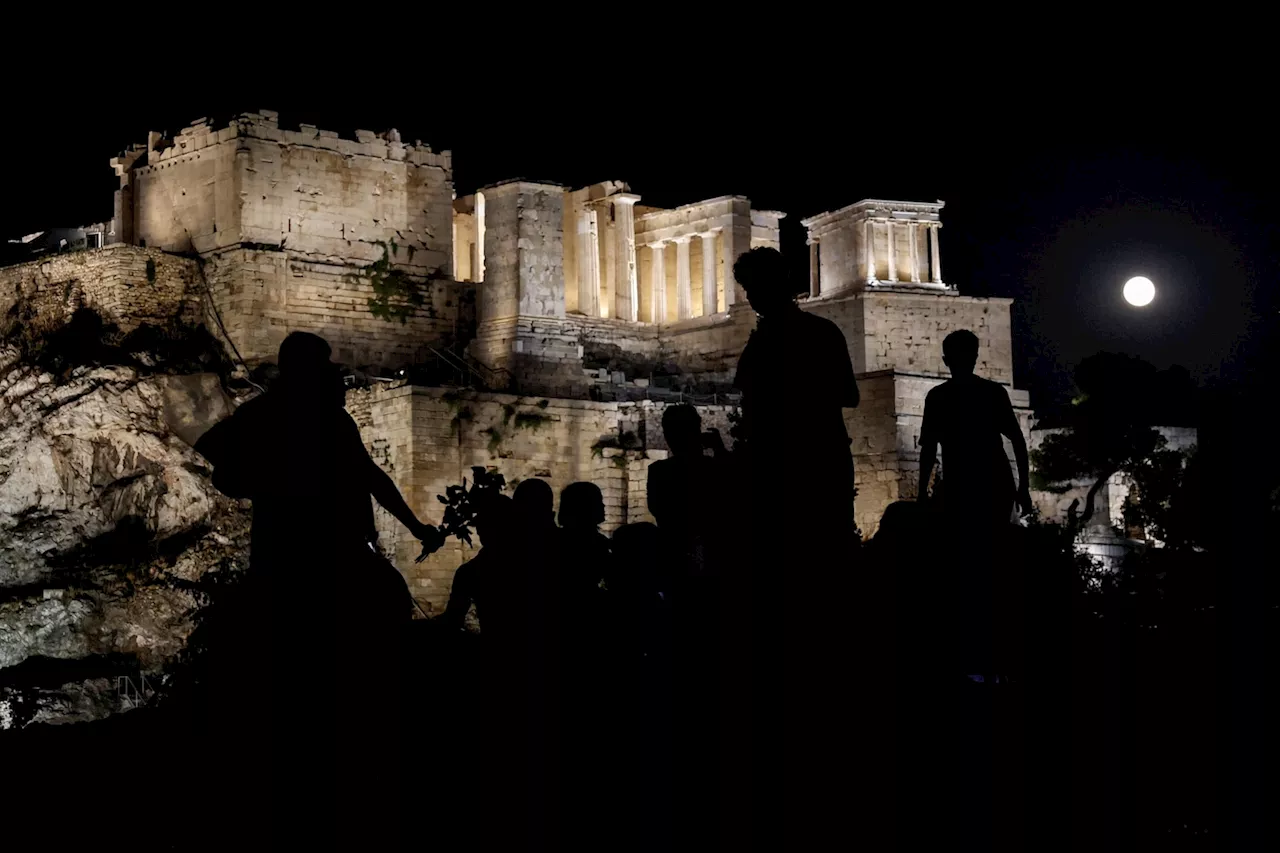 Sunday was the hottest day ever recorded on Earth, scientists sayThe historic day comes on the heels of 13 straight months of unprecedented temperatures and the hottest year scientists have ever seen.
Sunday was the hottest day ever recorded on Earth, scientists sayThe historic day comes on the heels of 13 straight months of unprecedented temperatures and the hottest year scientists have ever seen.
Lire la suite »
